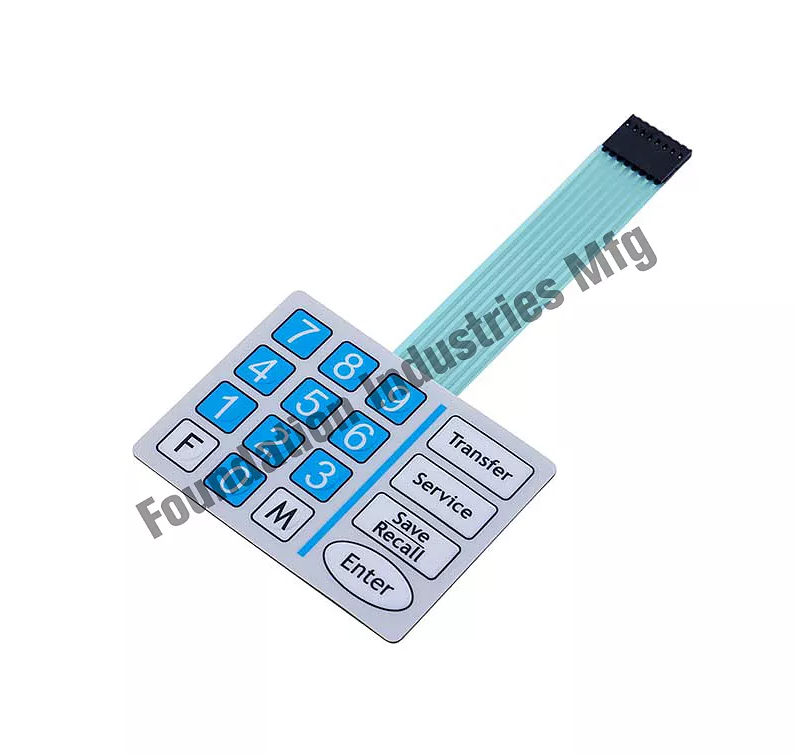Understanding Membrane Panels And Their Uses
Membrane panels are self-contained switch modules consisting of a membrane switch overlay mounted on a circuit board. They are used in a wide range of automation, industrial and consumer applications where a durable and customizable user interface is required.
What Is Membrane Panel?
A membrane panel consists of two main parts:

Firstly, a membrane switch overlay made of flexible material such as PVC with printed conductive traces forming the switch patterns. Secondly, a circuit board containing the electronic components to detect presses on the membrane and generate output signals.
Together these comprise a fully integrated switch panel that can be easily configured and hardwired or plugged into a control system. Here are 3 Types of Membrane Panels, we will introduce below:
Subfloor Membrane Panel
Membrane panels are designed to withstand harsh environments and high usage. They are ideal for applications that require:
Resistance to moisture, impact and abrasion
Durability of at least 1 million presses
Color customization and branding opportunities
Easy configuration of switch patterns
Hardwiring or plug-and-play connectivity
Moog Source Membrane Panel
Membrane panels are used in a variety of industries:
Automotive - For switchgear in luxury vehicles
Industrial equipment - As control panels for machines
Medical equipment - In infusion pumps, anesthesia machines and diagnostic devices
Appliances - For appliance control like ovens and washers
HVAC - In thermostats and control units
Aviation - As overhead panels and cockpit controls
Membrane Panel Switch
The conductive traces of the membrane switch can be configured in a wide range of patterns to form momentary or latching switches, pushbuttons, proximity sensors, rotary switches and more. Different configurations provide functions like:
- On/off switching
- Multi-position selector switches
- Value increment/decrement
- Proximity sensing
- Two-stage pushbuttons
- Membrane panels offer a cost-effective and customizable user interface solution for applications that require durable and tamper-resistant controls.
Top 5 Membrane Panel Applications In The Automotive Industry
For operating interior and exterior vehicle lights, membrane panels provide simple switches that are resistant to dirt, dust and spills.
Vehicles often have a membrane panel for operating power windows, mirrors and locks. The switches are sealed to prevent moisture ingress.
For controlling audio volume, radio presets, media options and other infotainment functions. The membrane panel provides an easy-to-use interface.
Membrane panels are commonly used to control temperature, fan speed, air flow modes and recirculation in vehicle HVAC systems.
Automotive seats with motorized adjustment often feature a membrane panel for controlling functions like lumbar support, height and fore/aft position.
